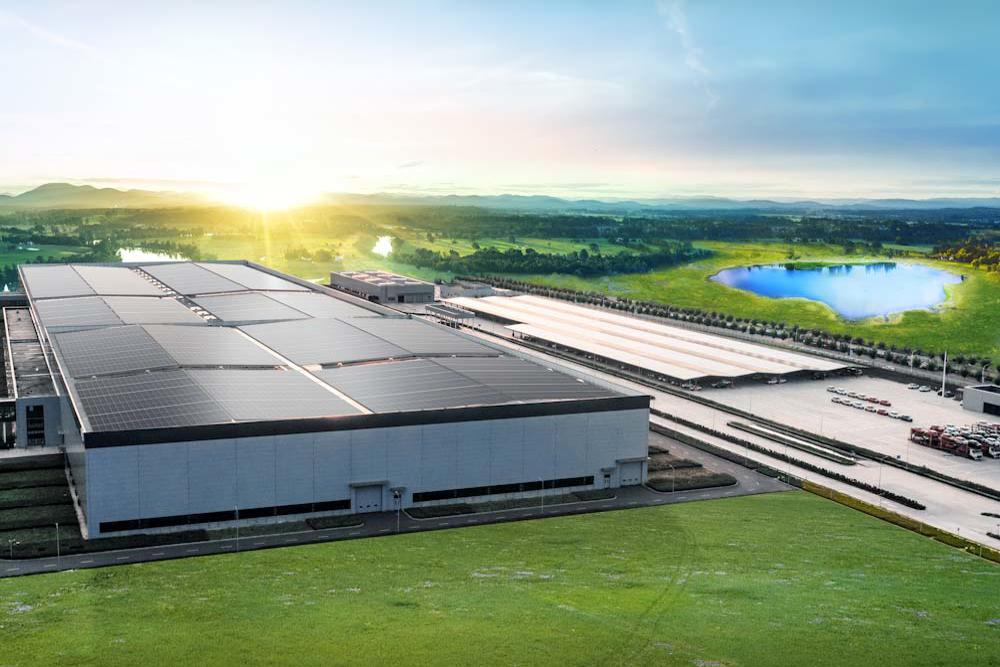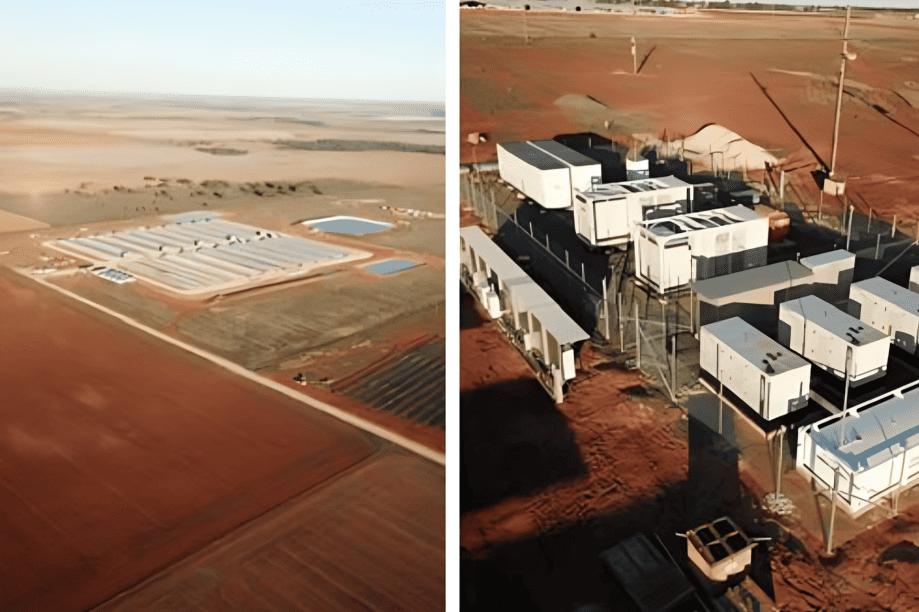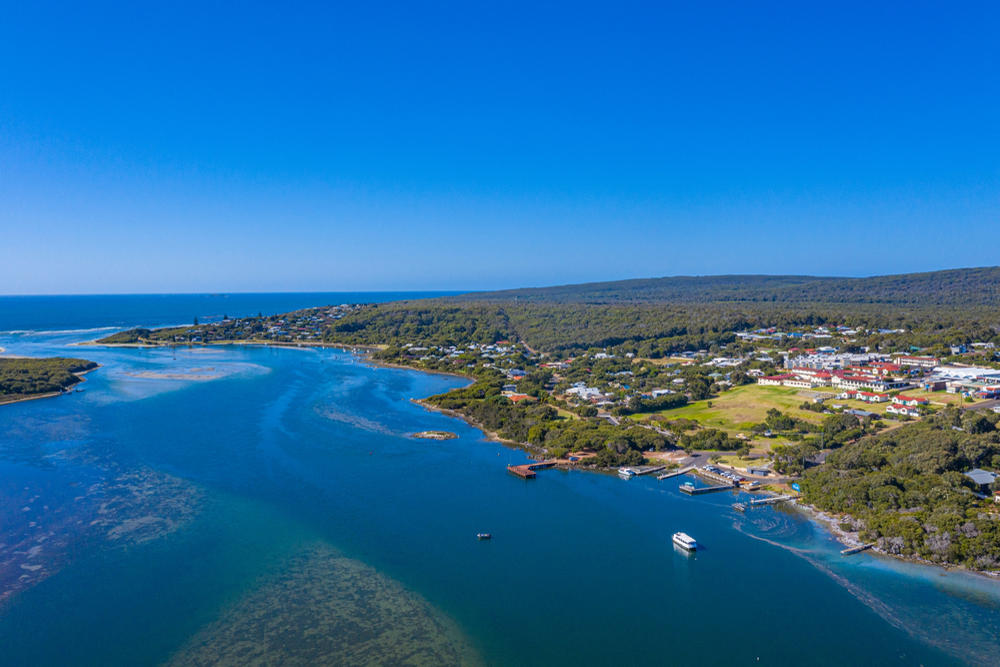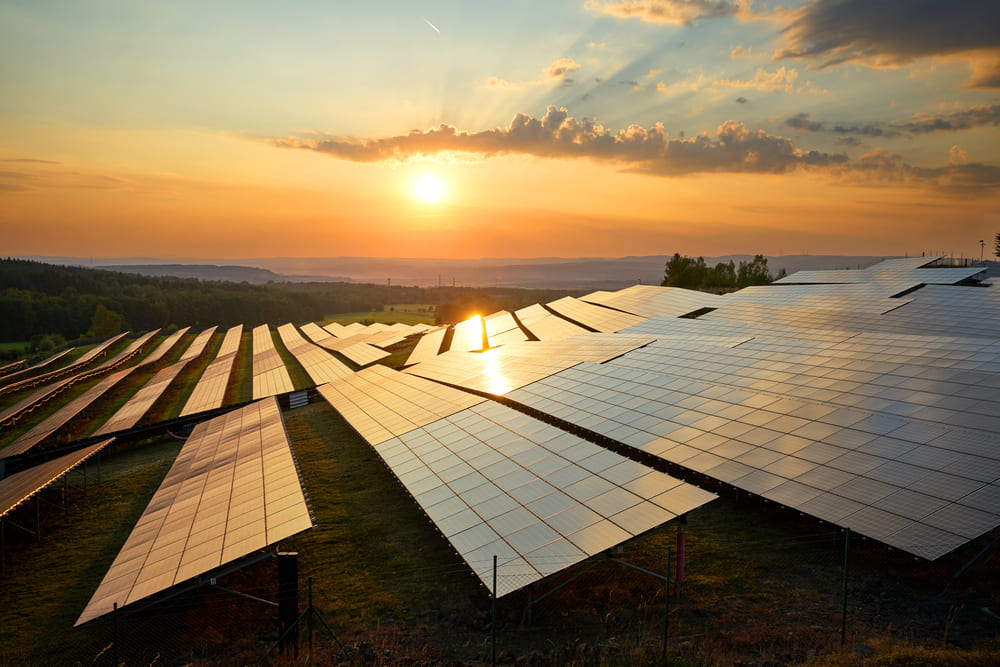
The commercial building sector, which includes non-residential facilities such as shops, restaurants, offices, industrial premises, hotels, schools and hospitals, is responsible for around 25 per cent of overall electricity use and 10 per cent of total carbon emissions in Australia.
Energy costs are reported by business owners as one of the top two costs which impede profitability and growth opportunities, and to counter rising energy costs, 71 per cent of business owners have sought information and advice on how to better manage energy use.
Reducing power use and costs makes good business sense, so much so, the National Australian Built Environment Rating System (NABERS) energy ratings are a respected indicator of energy-efficient buildings which add to a business’s green credentials.
Beyond improving the energy-efficiency of a commercial or industrial property, a strong NABERS rating also makes it attractive to future tenants and improves the value of a property.
NABERS considers onsite renewable energy such as solar panels as an energy efficiency measure and contributes to the performance and rating of the building.
Since 1997, Trina Solar has played a leading role in Australia’s solar panel sector and assisted commercial and industrial properties achieve NABERS ratings.
Trina Solar’s PV solutions have been trusted by leading Australian and international brands with installed solar panels found at ALDI sites, Brisbane Airport, Canberra Hospital, Adelaide Airport, Uniting Aged Care properties, and Leichhardt MarketPlace shopping centre.
The Vertex S+ NEG18R.28
Improving the energy management of a building is one of the top pain points commercial property managers face.
To help meet the commercial and industrial sector’s migration to more efficient solar power, reduce energy consumption and costs, and add greater value to future commercial and industrial sites, Trina Solar will be launching the Vertex S+ NEG18R.28 in 2024.
Specifically designed for commercial and industrial applications and currently being approved by the Clean Energy Council (CEC), this new Trina Solar Vertex S+ Series panel will suit rooftops, covered pedestrian walkways, car parks, and other under-utilised business spaces of shopping centres, offices, factories, and other industrial buildings.
Incorporating Trina Solar’s award-winning aesthetic black design, the NEG18R.28’s 1.6mm x 1.6mm dual-glass solar panel features high-transmission AR coated heat-strengthened glass on the front and heat-strengthened glass on the reverse.
Suitability, Power, and Efficiency
Measuring 1961mm x 1134mm with a width of 30mm, the Vertex S+ NEG18R.28 is a lightweight product weighing only 23.5 kilograms.
Each panel’s size and weight makes installation straight-forward while ensuring panels are robust enough for larger scale commercial building sector installations.
Lighter-weight panels make installation in hard-to-reach spaces easier and the panels may also suit older buildings whose roofs were not originally designed to hold extra load long-term.
Despite its medium size, the soon to be released S+ Series panels will yield industry-leading maximum power output of 505W and deliver a high efficiency of 22.5 per cent.
This power and efficiency is due in part to market-leading n-type technology featured.
As such, the new Vertex S+ NEG18R.28 enjoys a longer lifespan, less light-induced degradation, and delivers a higher conversion efficiency than P-type panels.
Importantly, the NEG18R.28’s unique design provides optimised energy production under inter-row shading conditions, which can be prevalent in commercial and industrial installations.
If not addressed, inter-row shading can reduce efficiency and total power output.
Long Term Reliability — Suitable for Commercial Building Sector
Adding to dual-glass panels’ higher power generation and improved reliability, the NEG18R.28 panels’ ultra-low degradation rates, including an extremely low 1 per cent first year and 0.4 per cent annual degradation, longer 25-year product warranty and 30-year performance warranty give greater peace of mind to commercial and industrial property owners and managers seeking to improve their site’s energy efficiency long term.
Potential Induced Degradation (PID) caused by the high voltage potential between a solar module and ground can be a significant cause of power degradation in large rooftop solar panel installations.
The NEG18R.28 includes PID resistance through cell processes and module material to reduce deterioration due to unwanted charge carrier movements.
This feature further improves the long-term value of the solar panels to a commercial property.
Further boosting property manager confidence, the NEG18R.28 panel has increased crack and scratch resistance.
The mono-facial dual-glass panel meets IEC fire ratings (Class A+C) and Australia’s harsh environment performance requirements, ensuring their compatibility both hot and cold environments, and have passed 35mm hail tests.
For more information, visit www.trinasolar.com/au











